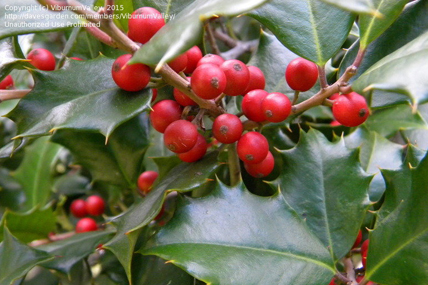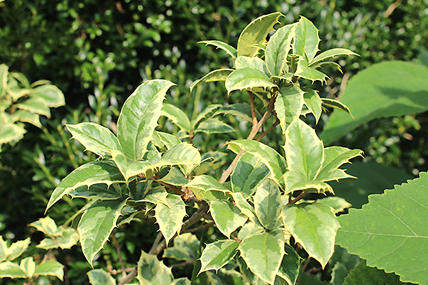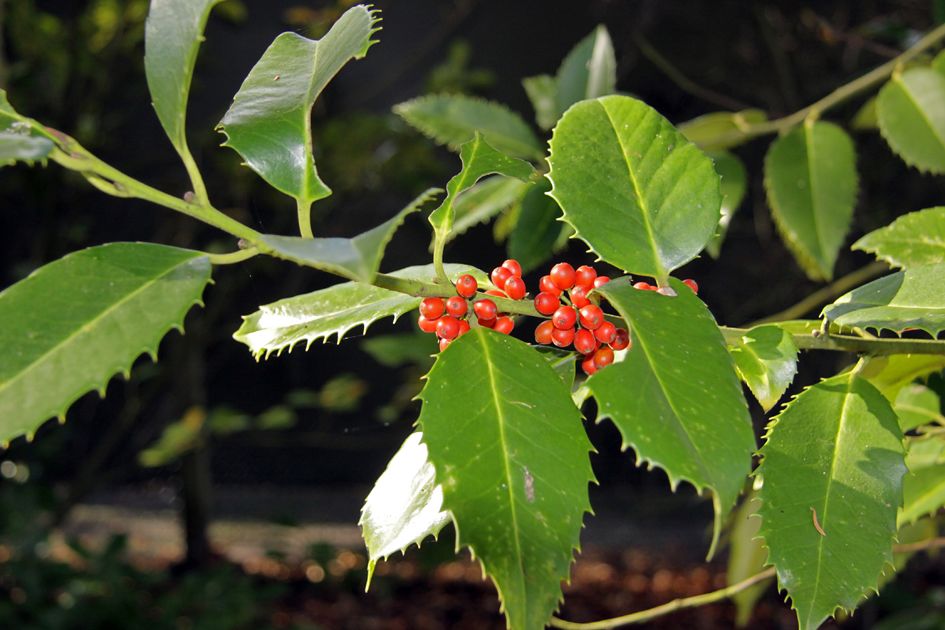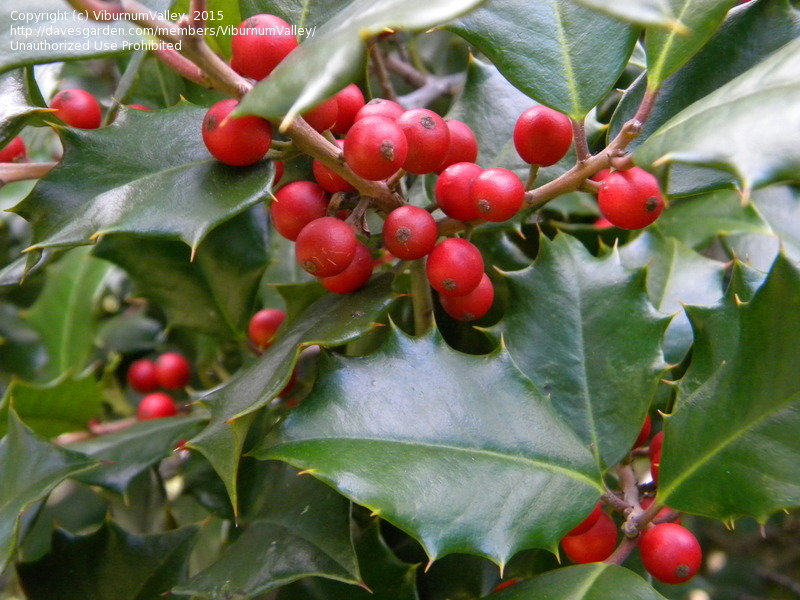HEDGEHOG ENGLISH HOLLY
Ilex aquifolium 'Ferox'
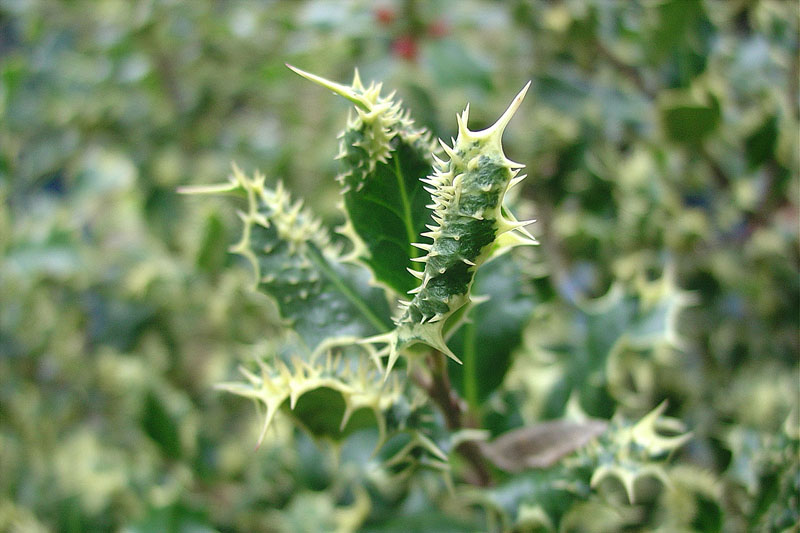 COLLECTION
COLLECTION
Holly Walk
FAMILY
Aquifoliaceae
PLANT TYPE
Tree, Evergreen
ZONE
6 – 9
CULTURE
The Hedgehog English Holly (Ilex aquifolium ‘Ferox’) prefers moist, well-drained soil in full sun. Demonstrates healthy salt tolerance.
NOTEWORTHY CHARACTERISTICS
This male cultivar is a most vicious plant. In addition to marginal spine, this cultivar is armed with spines on the surface of the leaf.
PROBLEMS
No major problems or pests.
GARDEN USES
A novel plant collector thought it could serve as a good hedge to keep troublesome neighbors out.
HISTORY
Planted in the 1970s during the expansion of the initial collection.
HOLLY WALK COLLECTION

